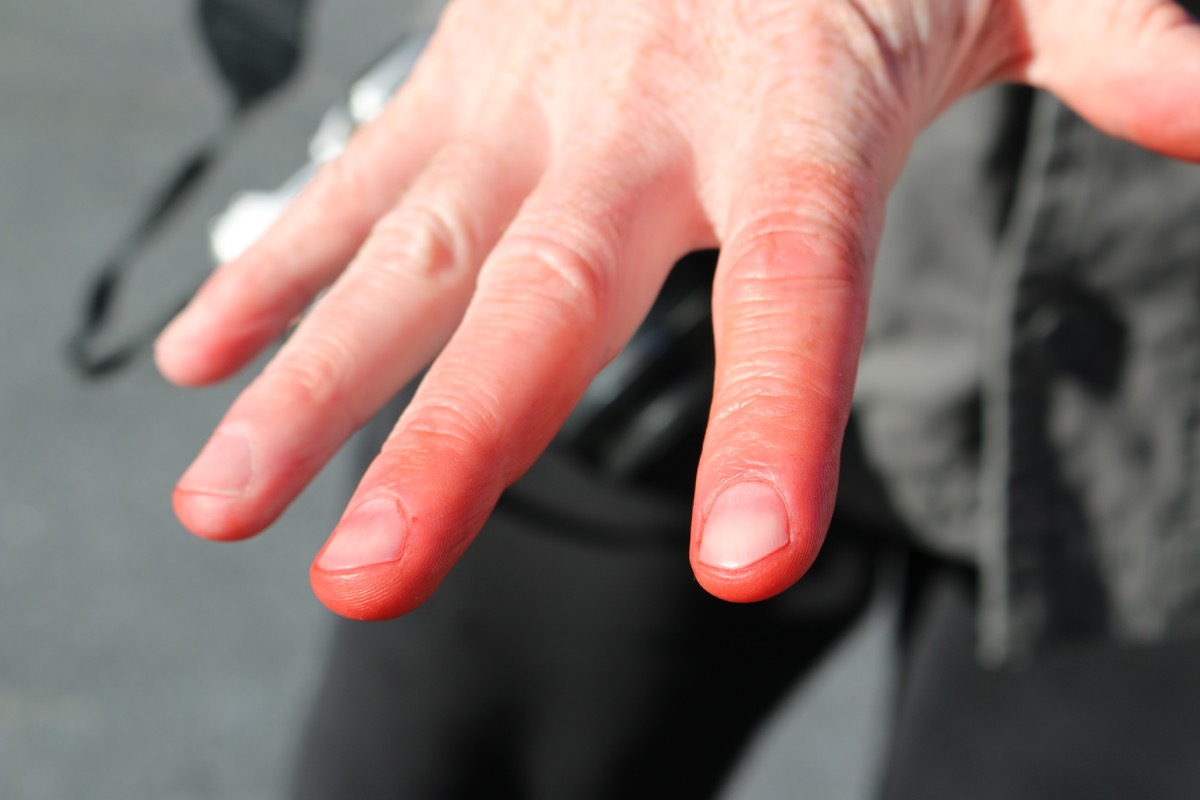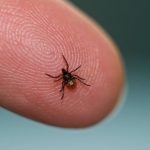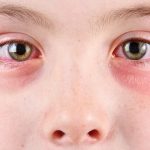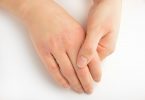Winter can be a great time for some really cool sports like skiing and snowboarding that you can only enjoy when it’s really cold outdoors. Being outside is also great for peace of mind, bonding with loved ones, and appreciating the beauty of nature. Unfortunately, spending too much time in the elements can be hazardous. Especially when you or your family are traveling without the proper clothing or do not have the knowledge to stay safe from frostbite.
Causes

When you spend too much time in cold or windy weather, low temperatures can cause your skin and tissues to freeze. It can also occur after coming into direct contact with ice, frozen metal or very cold liquids. Depending on the amount of time spent in those weather conditions, all cases vary in severity so treat area accordingly.
Since children are still developing and more susceptible to sickness than adults, cold or windy weather can be especially dangerous for kids. We are larger than our children and thus have more body mass to keep ourselves warm whereas children will lose heat in cold weather very quickly so make sure everyone is properly covered up.
Winter weather can be a blast to play in no matter how old you are especially when you get to chuck a few snowballs at each other. However, there is always a risk in icy, cold, snowy extreme weather conditions because there is the potential for you to be exposed and not be aware of it at the time.
This condition progresses in steps and will begin with redness that might be extreme in some people’s cases. You may also feel uncomfortable sensations. Numbness is very common as well but depending on the person or child, there could be tingling after initial exposure. The next stage involves further skin discoloration where you might see a yellowish tint and at this stage, the skin has a normal texture. Later stages involve hardening of the skin and white patches on the affected areas. At this stage, you would experience complete numbness so some people may not be aware of the severity of damage.
Body parts that are more delicate will be more vulnerable to exposure. Without proper weather gear that protects the extremities, the fingers and toes will be easily affected. It is important to remember that you can still be frostbitten while wearing gloves and footwear if they become wet. Areas of the face like the cheeks, ears, chin, and nose are difficult to cover so they are also very susceptible to winter weather injury.
More from Things Health
-
Lyme Disease Symptoms
Experts are suggesting that 2017 will be a bad year for ticks. Lyme disorder is propagated by deer ticks and is the result of a…
-
Signs and Symptoms of Liver Damage
There are a variety of different causes of liver damage. For some, it is caused by genetics, making an individual prone to it, exposure to…
-
Pink Eye (conjunctivitis) - Symptoms and Treatment
Pink eye, also known as conjunctivitis, is a common eye infection that can be either viral or bacterial. The most common indication of pink eye…
-
Symptoms Of Ovarian Cancer
Ovarian cancer is often referred to as a quiet disease as it usually isn't discovered until it is in the advanced phases. In nearly all…
-
Lyme Disease Symptoms
Experts are suggesting that 2017 will be a bad year for ticks. Lyme disorder is propagated by deer ticks and is the result of a…

















